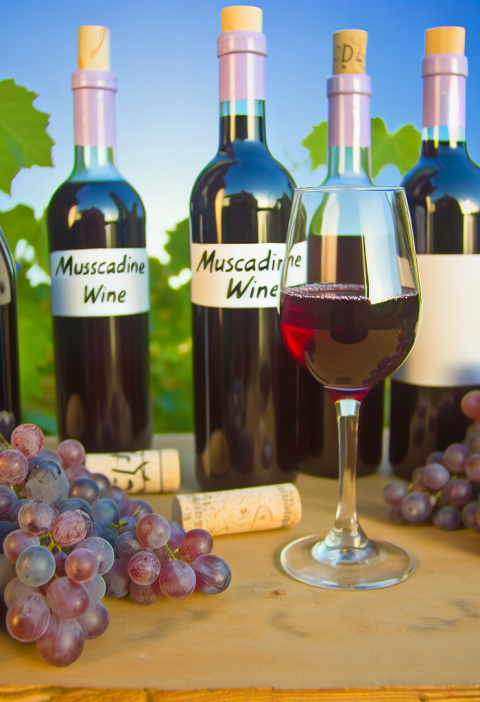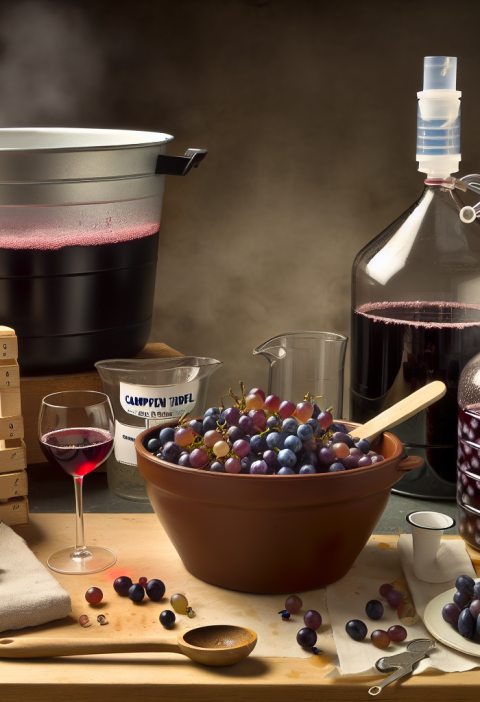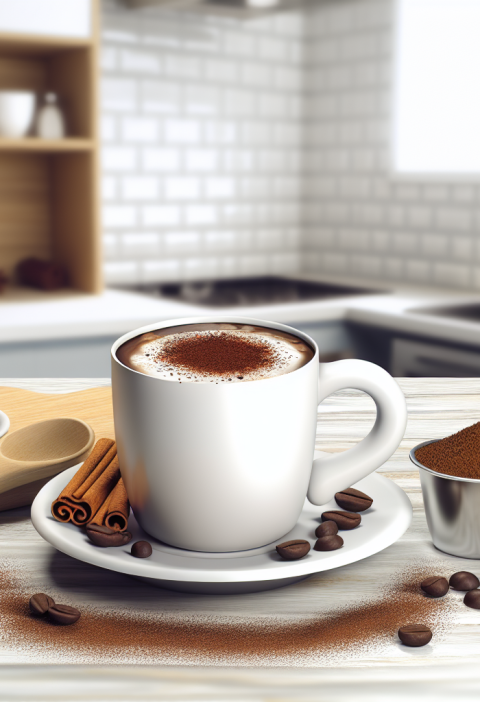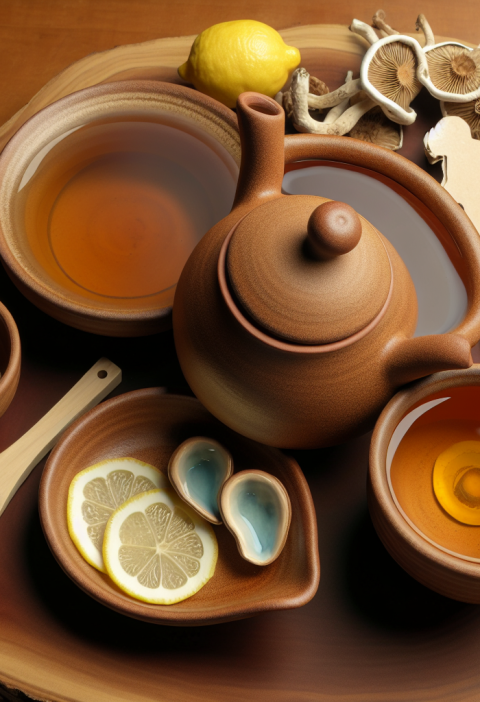“`html
Unleashing the Magic: Crafting Divine Muscadine Wine at Home
Imagine stepping into a sun-kissed vineyard, enveloped in the sweet, fruity scent of ripe muscadine grapes bursting with flavor. Each sip of homemade muscadine wine brings forth delightful flavors that dance on the palate, making every gathering feel special and memorable. There’s something incredibly rewarding and fulfilling about creating your own wine, especially when the key ingredient is the wonderfully unique muscadine grape. As you become part of this ancient tradition, you will not only delight your taste buds but also connect with the art of winemaking, steeped in rich history and personal touch. This is the journey to create a succulent batch of muscadine wine, a venture that encapsulates patience, passion, and the joy of sharing a glass with loved ones.
Preparation Time
- Preparation Time: 30 minutes
- Fermentation Time: 1-2 weeks
- Bottling Time: 1-hour (after fermentation)
- Total Time: Approximately 2 weeks and 1-hour (not counting bottling)
This recipe is perfect for gatherings of family and friends and typically serves about 6-8 bottles of delicious wine. As for the difficulty level, I would say it leans towards medium. While the steps are straightforward, the fermentation process requires some attention and care.
The Necessary Ingredients
- 10 pounds of ripe muscadine grapes
- 2-3 cups of granulated sugar (to taste)
- 1 packet of wine yeast (Champagne yeast works great!)
- Water (as needed to dilute)
- Campden tablets (optional, for sterilization)
- Citric acid (optional, for acidity balance)
For those looking for alternative ingredients, consider substituting granulated sugar with honey or agave nectar for a different sweetness profile. If you’re aiming for a vegan option, rest assured, this recipe is naturally vegan. Ensure that the wine yeast is vegan-friendly, and you’re good to go!
The Steps of Preparation
In this adventure of making muscadine wine, remember to enjoy the process—it’s not just about the end result but the experience of crafting something magical!
- Harvest the muscadine grapes, ensuring they are ripe and free from mold.
- Clean the grapes thoroughly and remove any stems.
- Crush the grapes by hand or use a food processor to release the juices.
- Transfer the crushed grapes, including skins, to a fermentation vessel.
- Dissolve sugar in warm water and pour over grapes to taste.
- Add wine yeast, stirring gently to combine with the grape mixture.
- If using, crush and dissolve Campden tablets in water and add to the mix to sterilize.
- Cover the fermentation vessel with a clean cloth and secure it with a rubber band.
- Let the mixture sit at room temperature, stirring daily for about 7-10 days.
- When bubbling slows, strain the liquid from the solids using a fine mesh strainer or cheesecloth.
- Ensure the liquid is transferred to a clean fermentation container, leaving some space for expansion.
- Seal with an airlock and let it ferment for another 1-2 weeks.
- Once fermentation is complete, siphon the wine into cleaned and sanitized bottles.
- Seal the bottles and store them in a cool, dark place for aging.
Nutritional Benefits
- Muscadine grapes are packed with antioxidants, promoting heart health and reducing inflammation.
- Rich in resveratrol, which is known for its potential anti-aging properties.
- Contains fiber, aiding in digestion and contributing to a healthy gut.
- A natural source of vitamins C and K, supporting immune function and overall health.
Now that we’ve poured our hearts into this blend of flavors, let’s explore some possible additions or upgrades to elevate the wine even further!
Possible Additions or Upgrades
- Add spices such as cinnamon or clove during fermentation for a depth of flavor.
- Mix in other fruits like blackberries or peaches for a delightful twist.
- Add oak chips to impart a woody finish.
- Sweeten with fruit juice or additional sugars during the aging process.
After enriching your muscadine wine with personal touches, you’ll marvel at how it gracefully ages with time, and I encourage you to take notes on your experience. Each batch will become a unique memory!
Questions and Answers
**Can I use frozen muscadine grapes?**
Absolutely! Just allow them to thaw completely before crushing.
**How sweet can I make my wine?**
You can adjust the sugar to your preference, but be cautious; too much can hinder fermentation.
**Can I skip the boiling process?**
While it’s possible, boiling helps sanitize the mixture and enhances flavor; I recommend following the steps for best results.
**How long should I age the wine?**
Aging for at least a few months can deepen the flavor, but it can also be enjoyed sooner if you prefer a lighter wine.
**What equipment do I need?**
You’ll need fermentation vessels, an airlock, a siphon, mesh strainer, and, optionally, hydrometer for measuring sugar levels.
**What if my wine smells bad during fermentation?**
Sometimes, it’s just the natural odor of yeast; however, if it smells rotten, check for spoilage and discard if necessary.
**How do I know if fermentation is complete?**
When bubbling subsides significantly, and you notice sediment on the bottom, it’s a good indication!
**Can I use a different type of grape?**
While muscadine grapes are special, you can use other varieties like Concord or Cabernet, though the flavor will differ.
**Is it safe to drink homemade wine?**
Yes, so long as proper sanitation measures were followed, homemade wine can be quite safe!
**What should I do if my wine is too sour?**
Consider adding a bit of sugar or honey to balance the flavor, or blend with sweeter fruit wines.
There you have it—my personal journey and invitation into the world of muscadine winemaking! Join me in this delightful experience and don’t forget to share your creations with friends and family. Let’s spread the joy of crafting great wine from our own hands! I encourage you to share this recipe on social media too—let’s inspire others to try their hand at this exquisite beverage!
“`







